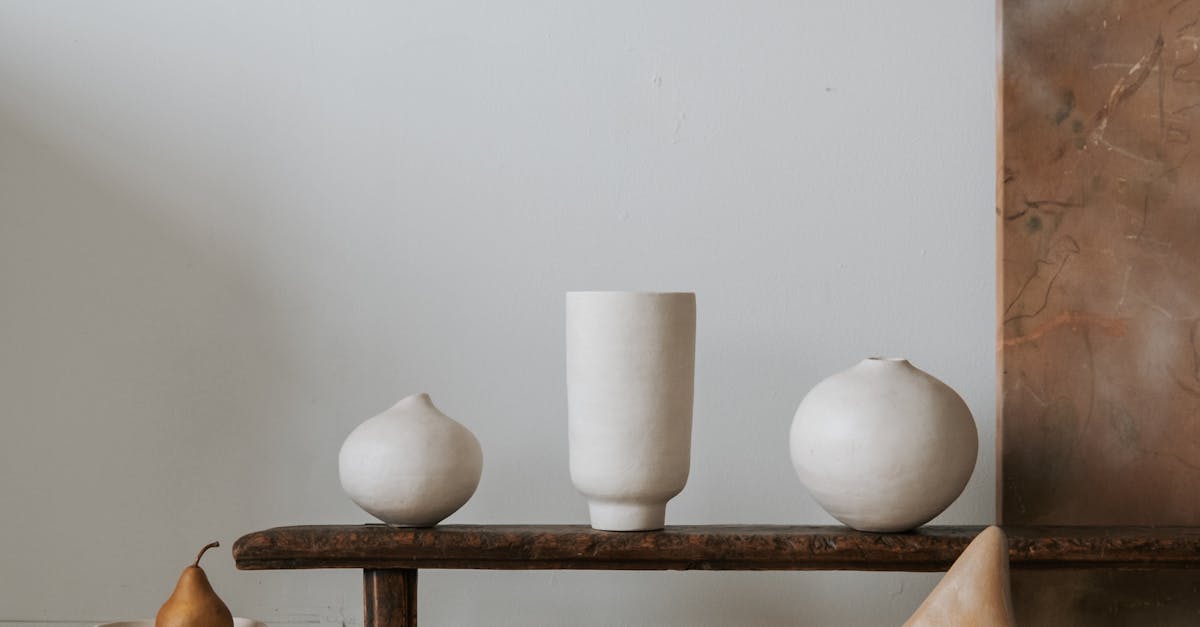Creating Visual Impact with the Colour Wheel
Balancing Warmth and Coolness in Interior Design When it comes to designing interiors, balancing warmth and coolness is essential to create a harmonious space. By incorporating both warm and cool colors strategically, you can evoke different moods and affect the overall ambiance of a room. Warm colors such as reds, oranges, and yellows can add a sense of energy and coziness, while cool colors like blues, greens, and purples can create a calming and serene atmosphere. One way to achieve a balanced look is to use warm and cool colors in varying proportions throughout the room. For example, you can paint the walls a warm shade to create a welcoming feel, and then incorporate cool-toned furniture or accessories to add a touch of contrast. By mixing and matching different hues from the colour wheel, you can create a dynamic and visually appealing space that feels both inviting and refreshing. Tips for Creating Harmonious Spaces
When it comes to playing with contrasting colour temperatures, it's essential to understand the dynamic interplay between warm and cool tones. Incorporating warm colours like red, orange, and yellow with cool colours such as blue, green, and purple can create a visually striking and harmonious effect in any design or outfit. The juxtaposition of these contrasting hues adds depth and interest to the overall composition, making the colours pop and intensifying the visual impact.
Choosing the Right Colour Palette for Your ProjectTo effectively play with contrasting colour temperatures, consider using a dominant warm or cool colour as the base and layering contrasting
u find the perfect equilibrium for your project.To create harmonious spaces using warm and cool colors, you can start by choosing a dominant color scheme (either warm or cool) and then adding accents in the opposite tone. Additionally, consider the mood you want to create in the space - warm colors tend to create a cozy and inviting atmosphere, while cool colors evoke a sense of calm and tranquillity.
Implementing Colour Trends in DesignHow can I apply warm and cool tones in fashion?
Colour trends play a significant role in the design industry, influencing the aesthetics of various products and spaces. Staying up-to-date with the latest colour trends can give your designs a fresh and contemporary appeal, helping them stand out in a competitive market. When implementing colour trends in design, it's essential to strike a balance between incorporating popular hues and maintaining the overall coherence of the project.In fashion, you can apply warm and cool tones by choosing clothing and accessories in complementary colors. For example, you can pair a warm-toned top with cool-toned bottoms, or vice versa. Mixing warm and cool colours can add visual interest to your outfit and create a stylish look.
Designers often find inspiration in current colour palettes showcased in fashion, interior design, and graphic design industries. By observing and analysing these trends, you can identify emerging colour combinations and palettes that resonate with your design vision. Embracing colour trends can inject a sense of modernity and relevance into your work, establishing a connection with your target audience and reflecting a forward-thinking approach in your design aesthetic.How can I play with contrasting colour temperatures in my wardrobe?
Updating Classic Palettes with Modern TwistsTo play with contrasting colour temperatures in your wardrobe, you can experiment with layering different tones together. Try combining a warm-toned sweater with a cool-toned scarf, or mixing warm and cool accessories to create a dynamic and eye-catching look.
When it comes to updating classic palettes with modern twists, it is essential to strike a balance between traditional elegance and contemporary flair. Incorporating subtle yet impactful changes can breathe new life into a timeless colour scheme, making it relevant in today's design landscape. By introducing unexpected pops of colour or experimenting with different shades within the existing palette, you can create a fresh and dynamic aesthetic that captivates the viewer's attention.What is the difference between warm and cool colour psychology?
One approach to infusing modernity into a classic palette is by incorporating metallic accents or reflective surfaces. This can add a touch of sophistication and luxury to the overall design while also creating visual interest and depth. Additionally, combining contrasting textures and materials within the colour scheme can further elevate the classic palette, adding layers of complexity and intrigue to the space.Warm colours like red, orange, and yellow are associat
lour Wheel
Split-Complementary Color Schemes and the Colour Wheel
Triadic Color Schemes and the Colour Wheel